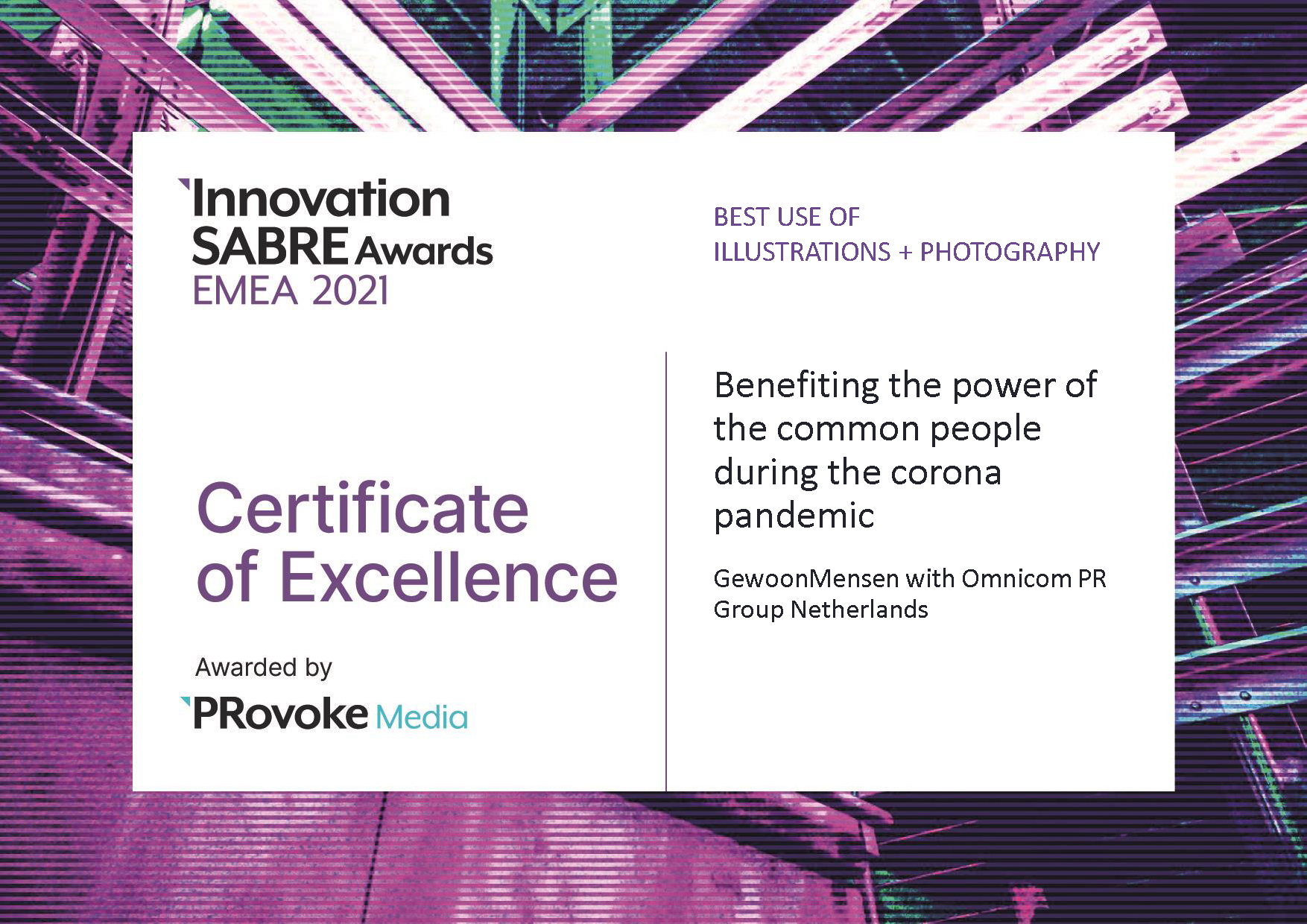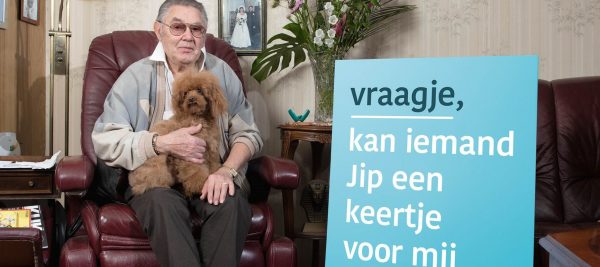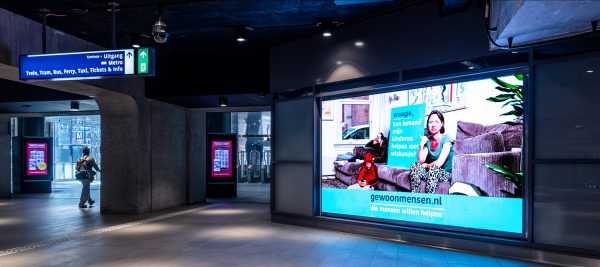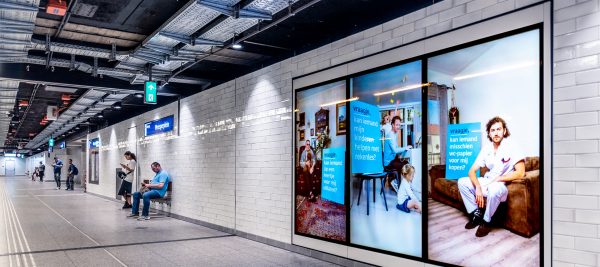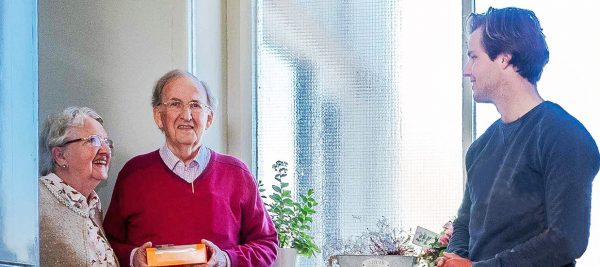As communication professionals, we often want to make the world just a little bit more beautiful than it really is. However, this idea was undermined when we developed a campaign to facilitate aid to those who ended up in social isolation due to COVID-19. The impact and reality of the situation did not fit with polished visualization and photography. That is why we made a fundamental choice for a documentary approach that depicts ordinary, everyday reality in its purest and most honest form. This also matched the intentions of the project’s initiators, who appealed to the everyday human tendency to provide help. They even derived their name from it: Gewoonmensen.nl (ordinarypeople.nl)
Connecting people offering help with people who need help
The context: March 12, 2020, the Netherlands went into lockdown. A disastrous situation that threatened our fellow citizens who saw their isolated position increase, due to physical limitations, limited mobility and lack of social contacts. How could they now do their daily shopping? Walk the dog? Have a chat with someone on the street? A number of socially involved students foresaw the seriousness of this new social reality and took immediate action. In their attic room in Amsterdam, the plan was conceived to launch an online platform. Through a digital bulletin board, people offering help would be connected to people who needed help. Ordinarypeople.nl was born.
Offering a lifeline
Touched by this initiative, we provided the students with a comprehensive pro bono campaign to mobilize as many Dutch people as possible. The main driver was portraying the vulnerable group that was cut off from the outside world and could not easily ask for help. Cardboard signs showing their needs showed their plight and were literally their lifeline.
Depicting ordinary life in an extraordinarily vulnerable way
To emphasize the situation, all portraits were shot with real people at their own houses. We found, among other people, a Surinamese woman who was in danger of losing close contact with her community, an elderly Italian immigrant who needed help caring for his precious dog, and a former world champion of cycling who was forced to stay at home at the age of 90. Their world was shown unadorned, whereby the interior – and their isolated reality – enhanced the photographic effect. In this way, ordinary, everyday life was portrayed in an extraordinarily vulnerable way.
Combining the efforts of brand and PR-activation
Targeted PR activation eventually gave the final publicity push. Various actions were launched, of which the one for Liberation Day was the most striking. Through crowdfunding, the whole of the Netherlands was asked to donate ‘tompouces’ (cream cakes). Specifically intended for elderly people who had experienced the war and were in danger of having to miss the celebration of 75 years of liberation. Tens of thousands of fellow countrymen responded to the call. This meant that a vulnerable group that had been living in isolation for weeks was temporarily ‘freed’ from their plight. It led to massive attention from TV (WNL, Hart van Nederland), national newspapers and social media.
The dream came true
The results were astonishing. In no time, more than 40,000 volunteers joined to help the groups hardest hit by COVID-19. Media operators showed their enthusiasm by providing millions of euros in free outdoor, print and newspaper advertisements. Combined with all the free publicity, a multitude of communication value was generated.
We are proud to have been able to support the students’ attic room initiative. Their dream, to create a society where people selflessly help each other out of solidarity, is no longer a utopia. For many people in our country it has become the most natural thing in the world.
